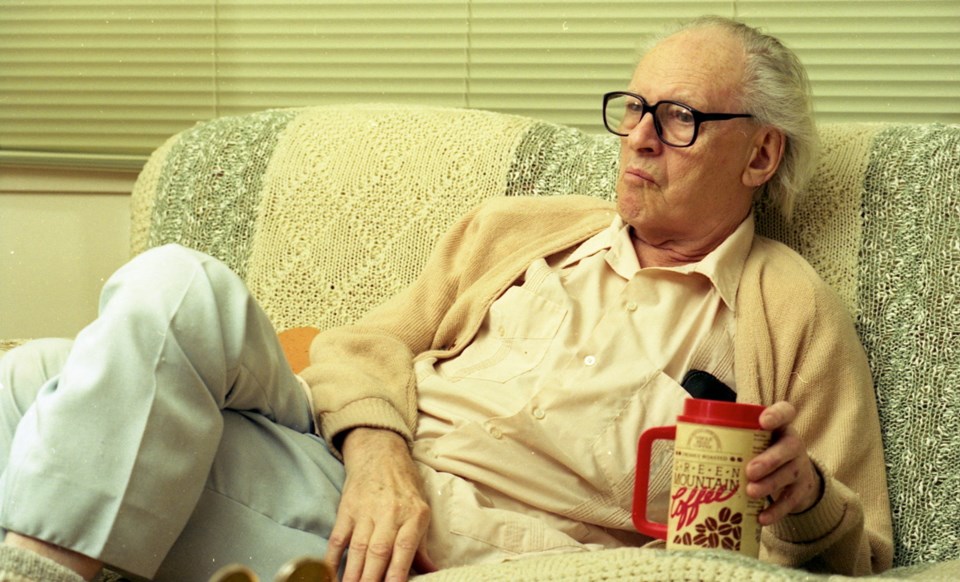Was it reasonable for Victoria right-to-die activist John Hofsess to fear he would be prosecuted if it were revealed he had killed eight people who wanted to die, including Canadian poet Al Purdy?
We’ll never know.
On Feb. 29, one year after the Supreme Court of Canada gave competent adults suffering intolerably from “grievous and irremediable” medical conditions the right to seek medical assistance to die on their own terms, Hofsess took his own life at a clinic in Basel, Switzerland.
University of Victoria ethicist Eike-Henner Kluge says he does not know whether Hofsess’s decision to die earlier than he had planned — because he feared exposure and prosecution — was warranted. Kluge says he told Hofsess that prosecution was unlikely in light of the Supreme Court decision striking down the federal prohibition on physician-assisted dying, but that didn’t seem to make any difference to Hofsess.
“He felt threatened. There’s no question about that,” he says.
On the day Hofsess died, Toronto Life magazine published an article he had written, describing how he and retired office worker Evelyn Martens took part in the suicides of eight people between 1999 and 2001. Hofsess, founder of the Right to Die Society of Canada, and Martens had created an underground assisted-death service for society members, Hofsess wrote.
“Let’s not mince words: I killed people who wanted to die,” he wrote.
Hofsess describes how he spent years researching how to end a person’s life quickly and painlessly.
His method involved giving the person a glass of wine with Rohypnol, a sedative 10 times stronger than Valium, then placing an “exit bag” over the person’s head, pulling a drawstring and inflating the bag with helium.
Hofsess wrote that on April 20, 2000, he gave Purdy a pre-death sedative. Martens pulled the exit bag over Purdy’s head, and Hofsess let the helium flow.
“I viewed my actions not as defying Canadian law but rather as placing ourselves into the future — setting an example of how it was possible to die in a voluntary, compassionate way,” Hofsess wrote.
“My allegiance was to Al Purdy and his wishes, not to the preservation of outmoded laws or the hypocrisies of Canadian politicians.”
In 2002, Martens was charged with assisting the suicides of two women. She was acquitted in November 2004 for lack of evidence — but with authorities aware of what was going on, it was impossible to continue to assist in deaths, Hofsess wrote.
While preparing the account of Purdy’s death, Hofsess consulted two lawyers, one an expert on the constitutional aspects of criminal law.
“There’s no statute of limitations in our Criminal Code. Nor is there recognition of ‘euthanasia’ or ‘mercy killing.’ I was told that, upon publication of this article, I could be arrested and charged with crimes ranging from assisted suicide to first-degree murder,” Hofsess wrote.
“If charged, I would immediately lose my passport. If bail was prohibitively high, I could languish in jail indefinitely. Under current Canadian law, there’s no apparent difference between me and killers such as Robert Pickton, Paul Bernardo and Clifford Olson.”



